Ranking Every Pixar Movie
The definitive Pixar movie ranking - to infinity... and beyond.
RankdownThe world changed forever in November 1995, when Pixar studios released Toy Story. It was the next step in animated entertainment, but it was also an evolution in how we told and absorbed stories. Family films could do more to raise children than a post-game pep talk or a near-hit with tragedy; characters were not just ideals to which we could aspire or villains whom we could collectively revile: they were complex, everyone with a story to tell, reasons for being, and motivations that spoke beyond the self-containment of a movie theater screen.
Between 1995 and 2010, Pixar films were more than just popcorn flicks: they were seismic cultural events. We clamored for the latest release, aching to behold the studio’s latest cinematic concoction. We counted on them to stretch the limits of our imagination, stun us into awe with cutting edge visuals, but most of all, yank at our heartstrings by hitting hardest at the experiences we endure and how they shape us.
Over time, Disney's influence and a drying well have damaged Pixar's reputation. The films lessened in quality, box office returns waxed and waned, and the world’s most reliable film studio slowly became keepers of the dice roll.
Regardless, we cannot deny the formative role Pixar has played in our lives. Whether a millennial bursting with nostalgia at the sight of a gangly cowboy doll soaring through the skies with a flying space ranger or an early Gen-Xer weeping in empathy as a father grapples with unimaginable loss, Pixar has proven the value of movies.
Re-watching every Pixar movie for this ranking made these things abundantly clear. It was an exercise in nostalgic glee but brought forth a painful realization: the rose-colored glasses of youth will always inevitably get set aside. At its peak, Pixar was the end-all-be-all of moviemaking. At its lowest low, it was an unmitigated disaster.
The only necessary preamble is this: Pixar is an absolute good; Pixar is life. Life sucks from time to time.
Without further adieu, here they are: the 24 Pixar movies I am willing to rank in order from worst to best.
.png)
25. The Good Dinosaur, 2015
Pixar’s reliance on sequels evaporated halfway through the 2010s. In 2015, we got two original offerings: one about the foundational emotions running the internal mechanisms of a young girl struggling with massive life changes, and one about a wimpy dinosaur who teams up with a feral caveboy to return home. It's unclear why Pixar ever thought The Good Dinosaur was worth anything, but the lackluster marketing reflected a deserved lack of faith in its prospects. With an infuriating main character suffering familiar circumstances, The Good Dinosaur is a retread of animation’s most beloved territory, but in no way that makes it worth watching.

24. Lightyear, 2022
Origin stories almost never make for good movies; we don't want to halt a character's momentum to revisit where it all began. Alas, when a studio is as idea-deprived as Pixar, the bottom of the barrel becomes the default. Toy Story's characters function best as a unit where each of their archetypes can bounce off one another to impart life lessons. It's bad enough that Buzz Lightyear's origin story is littered with creative confusion and a total lack of color (come on, Pixar, it's a SPACE movie), but the worst part is that it really never feels like Lightyear is anything more than a cash-grab for a studio that has little left to offer.

23. Cars, 2006
Pixar used to take things that inspired our collective awe and gave them an animated spin: considering the limited range of motion for an automobile, creating an entire world of cars was ill-advised. The original Cars feels cynical in a way few earlier Pixar releases do, more of a desperate (but brilliant) merchandising plea than a genuine attempt at a story. Lightning McQueen is nothing but a mildly cocky racecar whose small-town excursion changes him enough to… pave a road? It’s fantastic for kids until they watch almost any other Pixar movie.
.png)
22. A Bug’s Life, 1998
After the massive success of Toy Story, Pixar released a movie about fraudulent bugs helping a fish-out-of-water ant save his colony from a band of bullying grasshoppers. It sounds great in concept but is rudimentary in execution, lacking the visual splendor, thematic heft, and generational bridge-gapping that defines the studio. Hopper is a great villain, but without a genuine focus on a specific character, or even a particular idea, this one is worth skipping.
.png)
21. Toy Story 4, 2019
It isn’t fair to loathe a movie solely because it's unnecessary, but life isn't fair. After a universally beloved conclusion that shattered hearts and ended childhoods, Pixar engaged in shameless money-grubbing by adding a pointless fourth installment to the franchise. It's more “Woody’s Story” than Toy Story. Unfortunately, failing to accept that Woody’s value lies solely in his role amongst the toys sinks this unfunny, pseudo-feminist return to a franchise that now ends on a rather sour (and dull) note.
.png)
20. Brave, 2012
If ever there was a studio to trust with ushering in female empowerment for kid’s movies, Pixar seemed the one. Unfortunately, Merida gets reduced to a bratty, “not like other girls” stereotype who nearly destroys her family and only realizes the depth of her mistakes when the movie needs to end. It takes about 45 minutes to kick in, and by that time, everything feels too familiar (and without the subtle Pixar variations to still seem fresh) to make an impact.
.png)
19. Soul, 2020
Many people accept trying something different without challenging the movie in question to succeed at doing that something different. It’s a fine idea. We need films that take chances. Soul borrows concepts and visual cues from other Pixar favorites and tries to toy with them to strike a new chord, but the film cannot overcome how those deviations sink the movie. Its afterlife feels like a Black Mirror episode for kids, and the story of a jazz teacher realizing the meaning of life doesn’t resonate. Meh.
.png)
18. Finding Dory, 2016
Ellen DeGeneres was so insistent on a Dory-centric follow-up to 2003’s Finding Nemo that she somehow convinced the entire world we wanted it. By the time we realized we’d gotten brainwashed, it was too late. Upon release, the collective disappointment was palpable. It dominated the box office and received critical acclaim, but it felt like we were talking ourselves into liking it. Some characters cannot anchor their own movie, and the longer we have Dory front and center, the more plain that fact becomes.
.png)
17. Cars 2, 2011
Occasionally, the best we can ask for a movie is to know itself well enough to do its job and leave. Cars proved that automobiles don’t make for compelling characters, so the course correction resulted in this colorful racing romp, a blend of James Bond and Gran Turismo. Centering the narrative around Mater wasn’t the best choice, but at least we get a ton of racing, some explosions, and Michael Caine. Not great, but it’s good background material.

16. Monsters University, 2013
Monsters University is hard to assess. As a standalone film, it isn’t offensive and is worth watching for its take on the more raucous sides of campus life. As a prequel to a superior film, it shatters the canon and fails to capitalize on the interplay between the two characters whose dynamic compelled us 12 years prior. Compensation means excellence, but Monsters University only manages (somewhat) solid.

15. Incredibles 2, 2018
Incredibles 2 picks up where the first leaves off. It then spends the next two hours ping-ponging between the right and wrong choices. Shifting the thematic needle from husband to wife was refreshing. The thinly-veiled villain with unclear motivations, absence of family action, and an overabundance of superheroes? Not so much.

14. Coco, 2017
Audiences are familiar with Día de Muertos, and there’s a vibrancy to Mexican culture that’s worth exploring. Unfortunately, pretty colors can only distract from a barren narrative for so long. Everything gets seen coming from a mile away: the least Coco could do is make the journey to those familiar destinations compelling. The stakes never feel high; the intentions do not weave into the narrative consistently enough to make an impact. By film’s end, our eyes are satisfied. The heart? Meh.

13. Inside Out, 2015
Few screen characters are as irritating and self-righteous as Joy, the primary emotional fixation of a pre-adolescent girl. The film boxes itself in by needing her to grow with Riley and realize the value of sadness precisely when it becomes necessary for her. It’s the only choice; it’s also one that forces us to endure the world’s most insufferable protagonist while trying to tug at our heartstrings with a forgotten imaginary friend whose arc is more impacting in concept than in practice. The ending is an emotional right hook the first time around, but repeat viewings expose Inside Out for a one-time film and a fairly average one at that.

12. Turning Red, 2022
Pixar rediscovered its roots with this period piece about a young Asian girl in Toronto struggling with the onset of puberty. In finding those roots, it also recalls that time when Pixar could never make a movie live up to its first 15 minutes. It's approach to representation is insincere and the narrative goes places it shouldn’t and makes choices that do not serve its purpose. It fails to understand much of what it purports and at capturing the time it depicts. Still, there is enough imagination, humor, and heart to make it relatable for any viewer.

11. Ratatouille, 2007
Ratatouille instantly charms by making a rat the hero in a story where cooking is king. It rides that charm a long way, but once the gas runs out, it lacks the inherent sense of wonder of the Pixar classics. It tries to capture it with the bizarre addition of a phantom companion and the rare shot of a bustling Paris, but we ultimately have a film that, while possessing few things wrong, doesn’t get many things genuinely right.

10. Cars 3, 2017
The Cars trilogy figures itself out as it goes. It does not understand its inherent limitations the first time around, combats them by extending its reach the second time around, and finally finds balance the third time around. It was never going to be a classic, but Cars 3 is a fun movie that hits at what it means to watch the future overtake you, find new purpose, and how to do both of those things with grace. It may not hit hard, but even a weak punch leaves a mark.

9. The Incredibles, 2004
The Incredibles always felt like it benefitted from the positive reception of earlier Pixar films. Everyone loved it without ever specifying why. It was a decent superhero flick that aimed at family dynamics through an action-packed lens, but it leaves no impression. You want to like it for its concept more than you actually do in execution. It’s a sick flick: not so bad you’ll force yourself off the couch if you’re sick, but it’s not good enough to watch once you feel better.

8. Toy Story 3, 2010
In many ways, the third film is simply a retelling of the second, and no matter how many new characters it adds to the franchise, there is no escaping that. The film starts strong and then loses itself as the escape draws on, but Toy Story 3 reminds us why Pixar’s first franchise will always be the best: they love these characters. You can feel the respect, admiration, and gratitude in every scene, especially that ending. Few movies can make us feel like we’ve lost as much we’ve gained. If it had been our farewell, it would have managed to be bittersweet without tasting bitter at all.

7. Up, 2009
Up's iconic opening sequence makes an important point: love is simple. It’s complicated, of course, but all the nuance in the world cannot explain that feeling of having someone there and the pain of seeing the life you envisioned slip away. The quest to fulfill his deceased wife’s lifelong dream is as much a visual experience as an emotional one. Even if its second half cannot live up to its first, Up is a touching tale about what it means to live, love, and honor those who lived and loved with us.

6. Monsters, Inc., 2001
Pixar is at its best when it thinks of our experiences, asks “What if?” and lets its creative juices flow. What if children’s toys could talk? What if our emotions were running our minds? What if the monsters in our dreams scared us for a reason? It gives us an all-time movie friendship and charms us into submission with Pixar’s cutest kid, but Monsters, Inc. is also the rare movie that balances a childlike approach to its narrative with a mature perspective on its subject matter, offering up multi-dimensional insight into friendship, parenthood, ambition, and why we should always question the status quo.
.png)
5. WALL-E, 2008
If released today, WALL-E would likely seem preachy and half-hearted. The planet is dying, and no one seems able to keep quiet about it, meaning we all care significantly less than we should. In 2008, our fascination with the central character nearly negated our willingness to view the film through a political lens, which, while perhaps not the intended result, speaks volumes to the brilliance of the trash-collecting robot. It declines as the human half drags on, but the robotic communications between a hopeless romantic robot enamored with a sleek and shiny weaponized plant hunter will always move us, especially when paired with incredible visuals.

4. Toy Story 2, 1999
Toy Story 2 deserves credit for living up to the original. None of the humor, wit, or emotion got lost in translation. It introduces new characters without feeling like a cynical attempt at expanded merchandising. It leans more into its characters’ eccentricities without feeling disingenuous. Few films master suspension of disbelief this well, and it hits hard at the series' most treasured themes: the meaning of friendship, the value of purpose, and why sacrifice, though important, isn’t always clear-cut.
.png)
3. Luca, 2021
Luca is not as imaginative as many Pixar films, but it imparts fresh perspectives on friendship without forgetting the foundational realities that make it an engaging topic. In many ways, children are uniform, always seeking the excitement of unfamiliar territory and hyperactive in diving into various activities and ideas, but eventually, the switch flips. The people we will become take shape, pulling us away from those we thought would be friends for life. Luca asks if we can overcome those differences to remember everything that made us love those we care for the most, and how true friendship isn’t accepting you’ve grown apart, it’s refusing to let your differences force you not to grow together.

2. Toy Story, 1995
The one that started it all is chock-full of talented voice actors, thrilling sequences, and mature humor. Toy Story balances the nostalgia necessary to believe in its thematics with the forward momentum required to force reflection about how to tackle the “strange things” that hit us like a freight train and change our world in ways we didn’t expect. It’s a reality of life to which all ages can empathize, and Toy Story makes its movie just as meaningful for its younger audience as its older one.

1. Finding Nemo, 2003
Few films have ever dominated the cultural zeitgeist like Finding Nemo. Dentist aquariums were loaded with clownfish and royal blues, children bellowed about becoming marine biologists and exploring the seas, and the endless parade of memorable quotes quickly populated the lexicon. We remember that fish are friends and not food and the impossible pronunciation of “anemone,” but we more deeply recall how powerfully Finding Nemo reflects the power of love. We can never wholly understand the things our parents endured to shape their child-rearing philosophy, and the divides that separate us can at times seem cavernous. Nemo teaches children a lesson they don’t even realize they need to learn: no matter what happens, no matter what you do or who you become, no matter how impossible the concept may seem from time to time, your parents love you.

%20(13%20x%206%20in)%20(13%20x%204%20in).png)

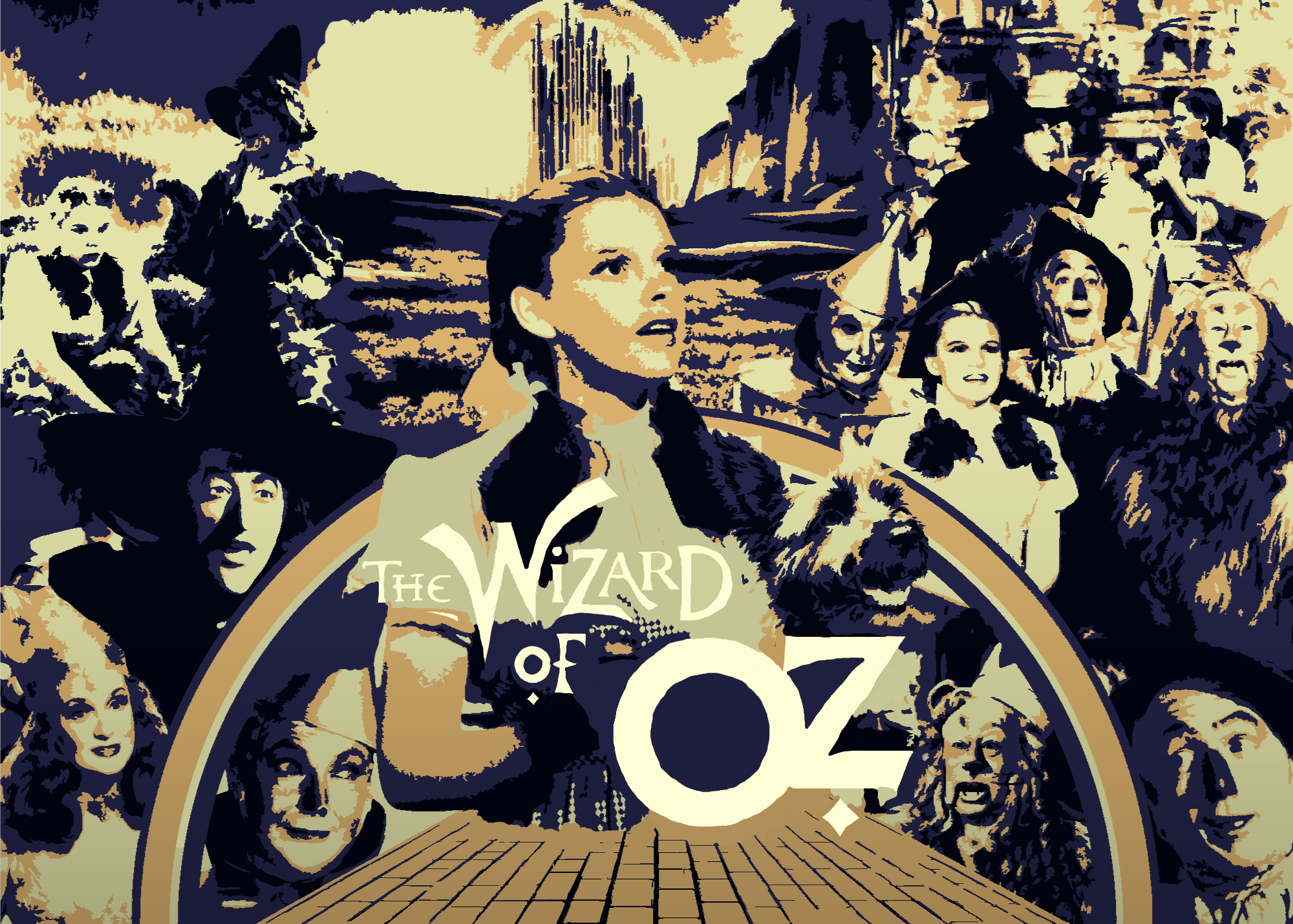


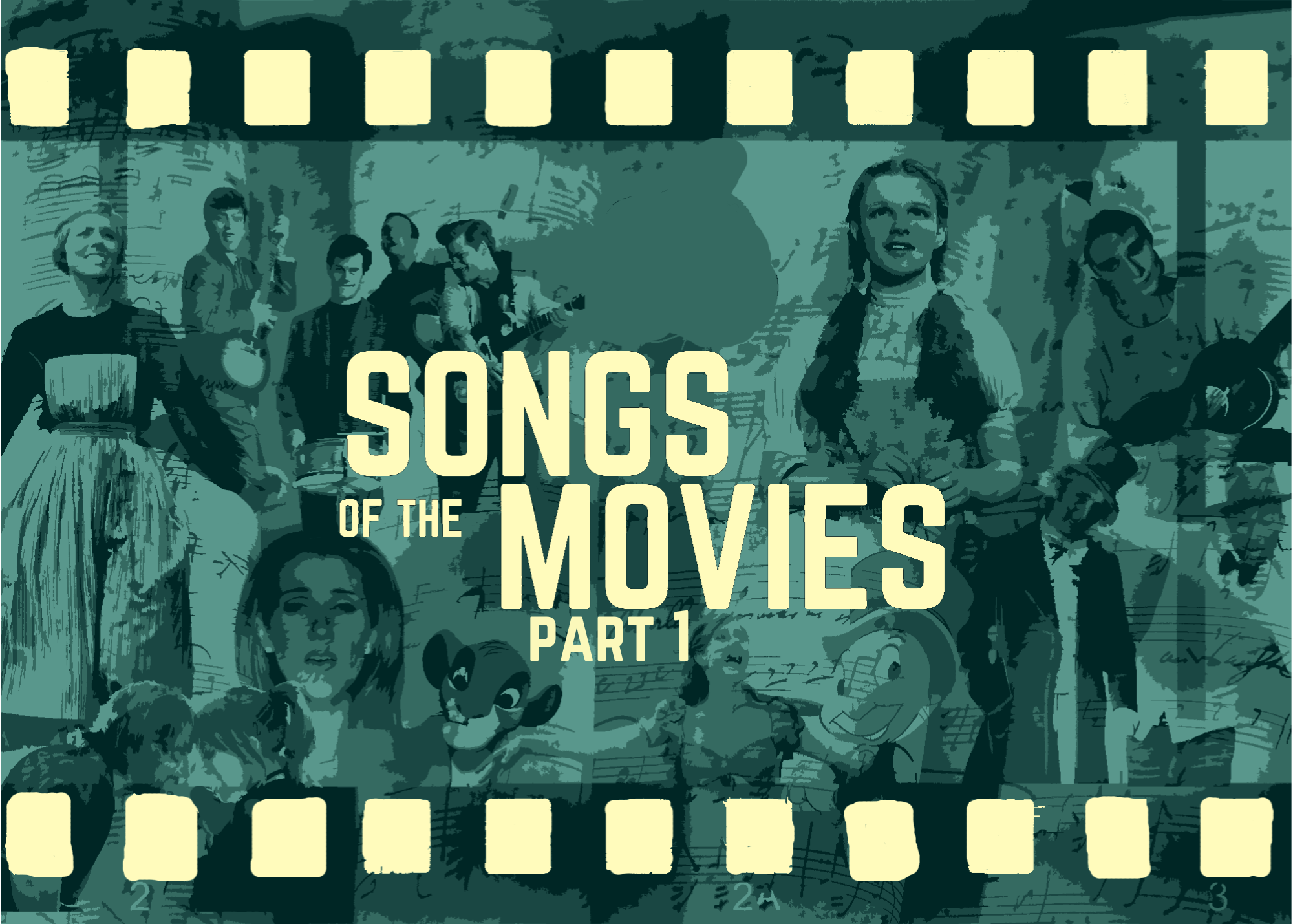

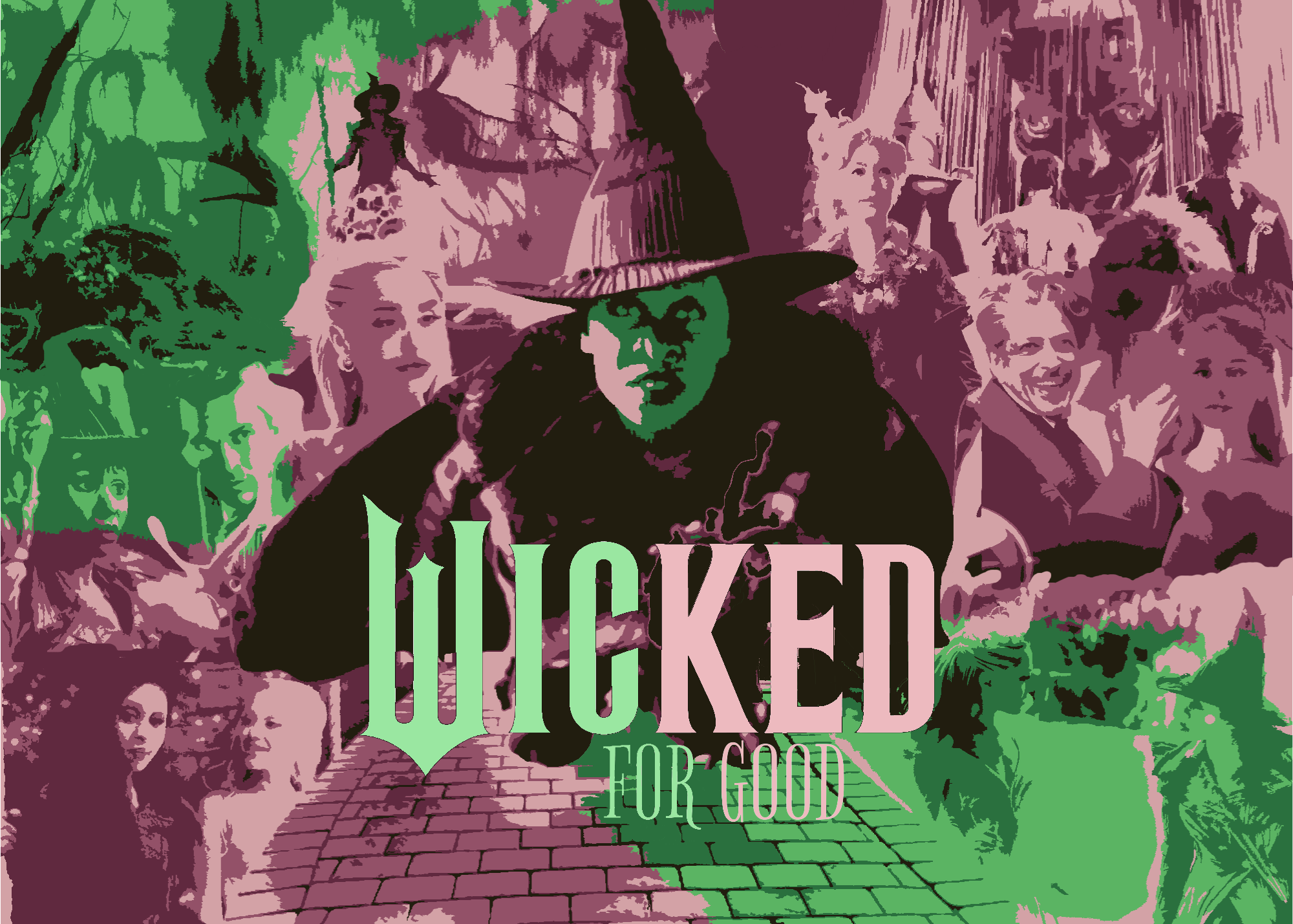
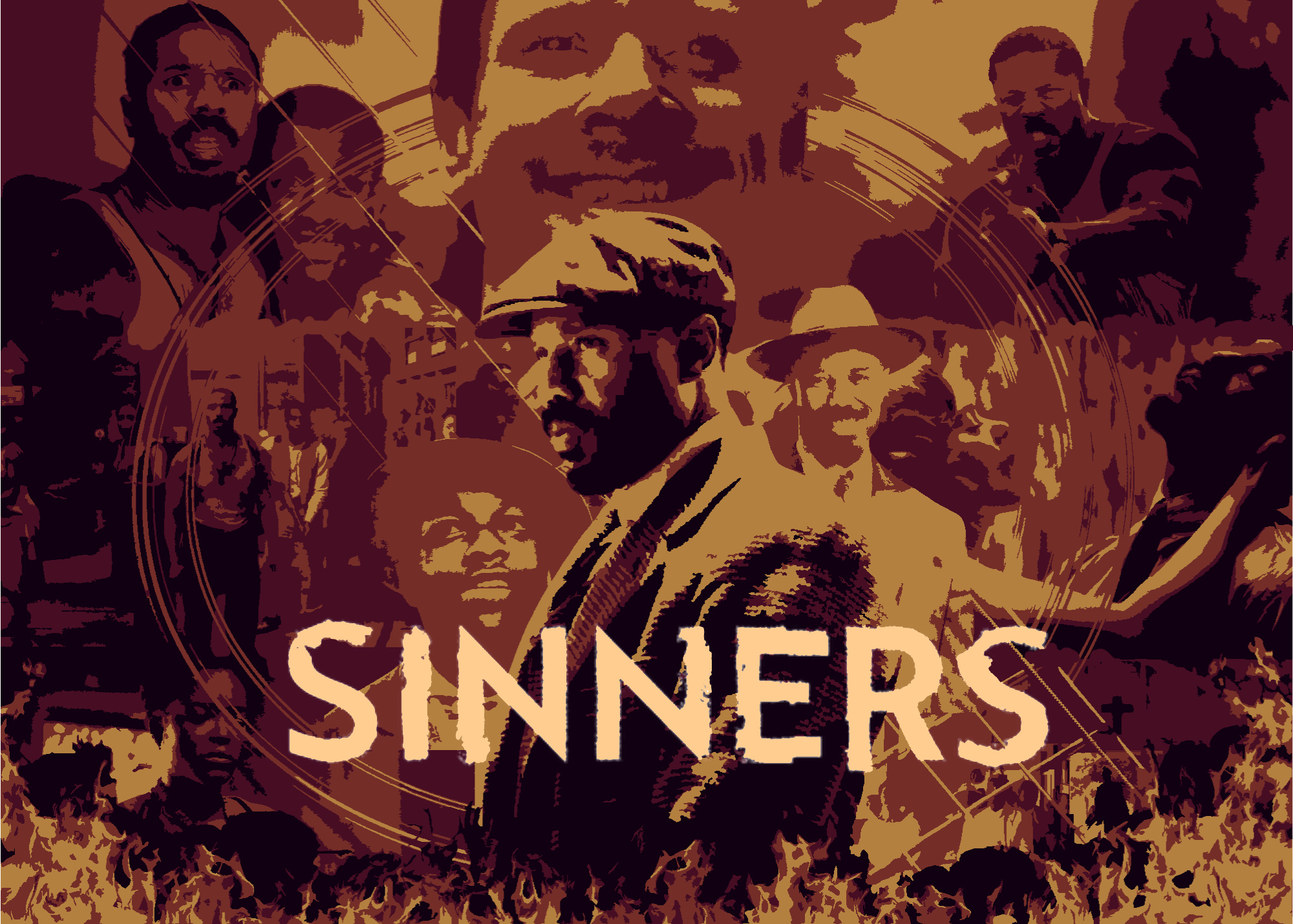















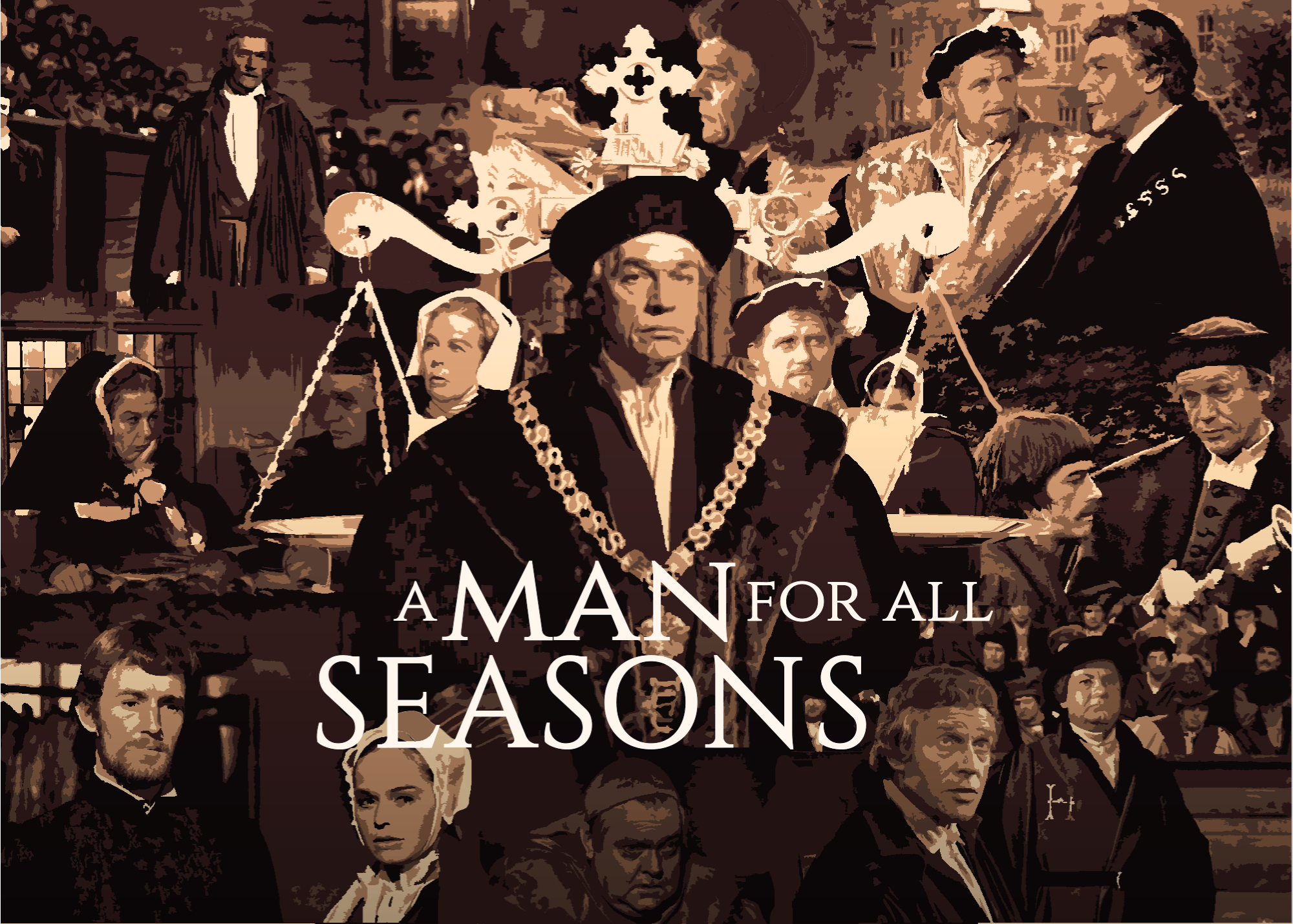











.png)






.png)